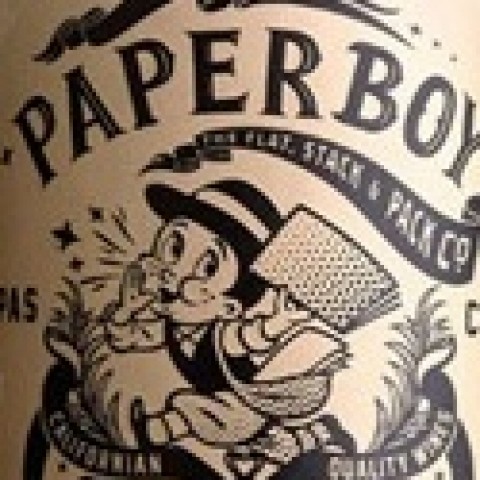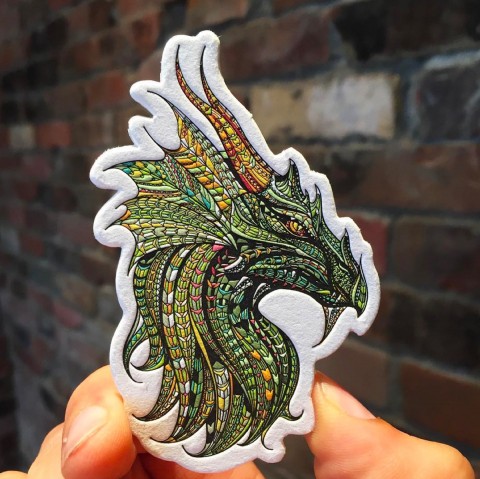 “Yves Klein Blue is the only patented color.” This comment from the guest speaker at our latest webinar “The Tactics of Color Strategy” stopped me in my tracks.
“Yves Klein Blue is the only patented color.” This comment from the guest speaker at our latest webinar “The Tactics of Color Strategy” stopped me in my tracks.
“Well,” Jack Bredenfoerder explained, “not so much the color itself as the method by which it is created.”
Still, a patented blue … I had to investigate.
Step back in color time
The story behind this blue – whether true or a bit exaggerated – is nevertheless interesting. While sitting on a beach in 1947, French artist Yves Klein carved up the universe of art with two friends. Painter Arman Fernandez chose earth, Claude Pascal words, while Klein claimed the sky (the inspiration for his blue).
Together with a chemist – some credit paint dealer Edouard Adam – Klein set out to create a blue that should have the same color brightness and intensity as dry pigments. They suspended pure ultramarine pigment in a synthetic resin called Rhodopas, which didn’t dull the pigment’s luminosity like traditional linseed oil suspensions.
The final result, International Klein Blue (IKB), is a stark, intense blue, without any hint of green, purple or grey.
To patent or not to patent
There is a persistent rumor (217,000 Google results cannot be wrong – or can they?) that Yves Klein patented “his” color. But, this does not seem entirely true.
Several art historians claim that Klein’s 1961 patent had little to do with the chemical composition of the color, but instead referred to the material used to fixate the pigment onto the canvas. Others quote the French patent no. 63471 filed on May 19, 1960 for “International Klein Blue.”
If you are familiar with Klein’s work, he painted monochrome abstractions for a time, saying that using only one color over the canvas was an “open window to freedom.” MoMA writes that Klein adopted this hue as a means of evoking the immateriality and boundlessness of his own particular utopian vision of the world.
Klein also created pieces of “performance” art – naked ladies were covered in the new hue and then transferred their body images to the canvas by rolling, walking or lying across it.
Seeing the hue
Unless you are eager to forge some of Klein’s art, we do not have the ultimate answer, but we can get close.
I tried to figure out which Pantone color IKB is, but it seems there is no Pantone for IKB. So perhaps it is a patented color.
Anyway, my best approximation is Pantone 286 mixed with Reflex Blue. For your on-screen recreation, use RGB (0, 47, 167) or CMYK (98, 84, 0, 0).
NOTE: A patent is not to be confused with a trademark. Coca Cola’s red is trademarked, as is Tiffany’s blue. Meaning, you cannot open a jewelry store and use said blue.













Quoting from this article, “Others quote the French patent no. 63471 filed on May 19, 1960 for “International Klein Blue.””
Here is a link to FR63471: https://data.inpi.fr/brevets/FR63471?q=FR63471#FR63471
The tile of this patent is “Dispositif pour faire varier la charge élastique de suspensions à réssont montées sur des véhicules”, which google translates to “Device for varying the elastic load of spring suspensions mounted on vehicles”. The patent was filed in 1951, and issued in 1952.
I have spent a fair amount of time searching. Klein did patent the use of a human being as a paintbrush around this time. I have not found any record of him patenting “International Klein Blue”.
A bit more of my search can be found here:https://johnthemathguy.blogspot.com/2014/12/bbc-article-on-man-who-invented-color.html
Wow, thank you for sharing all this, John!